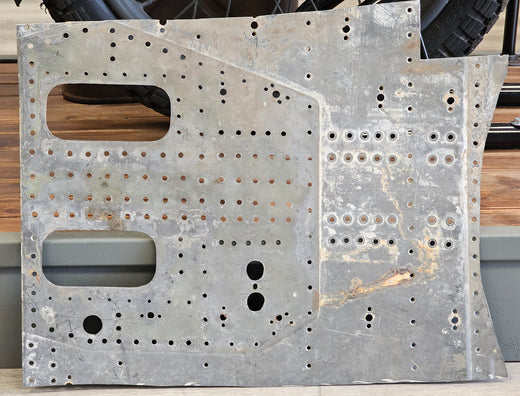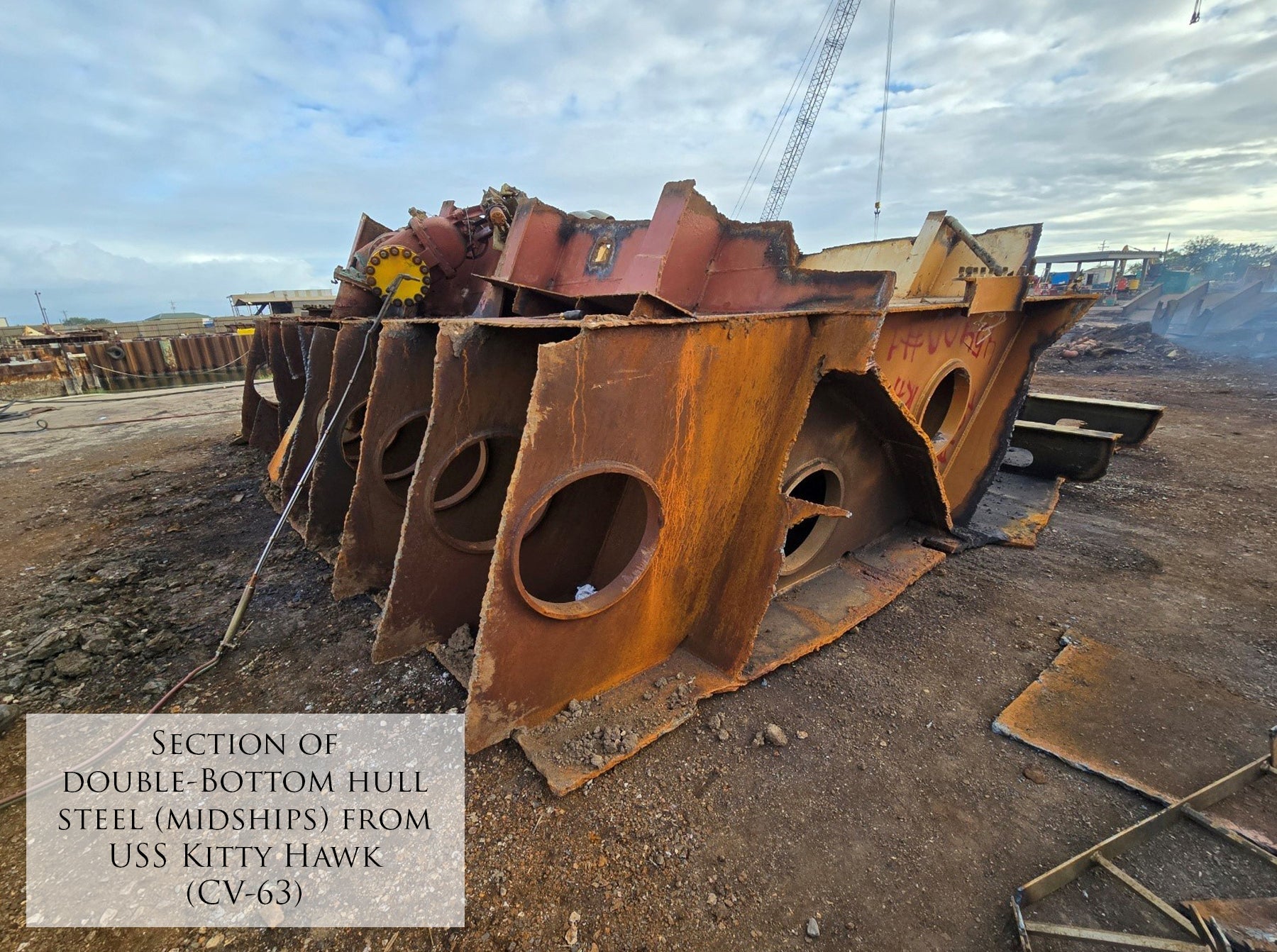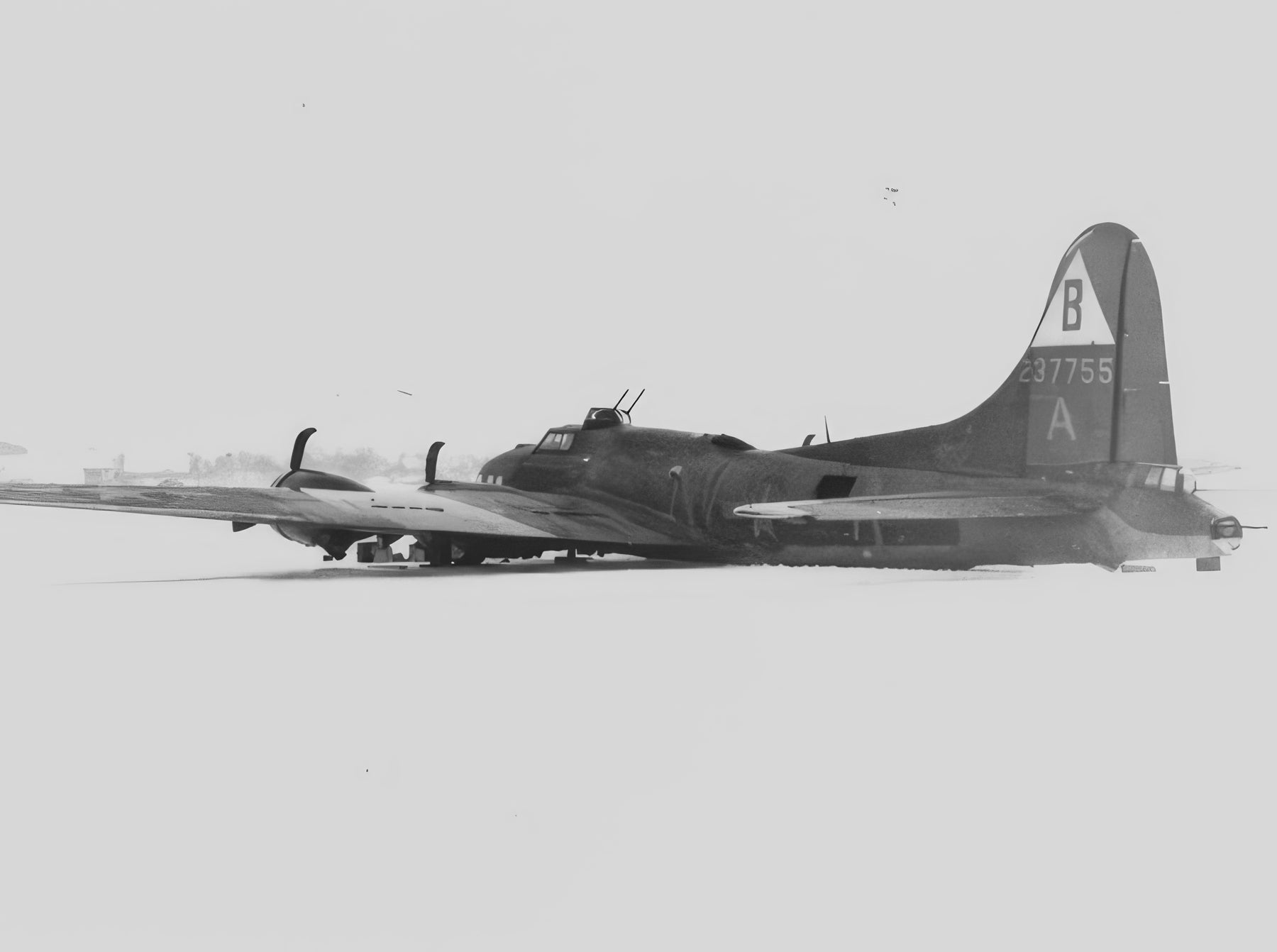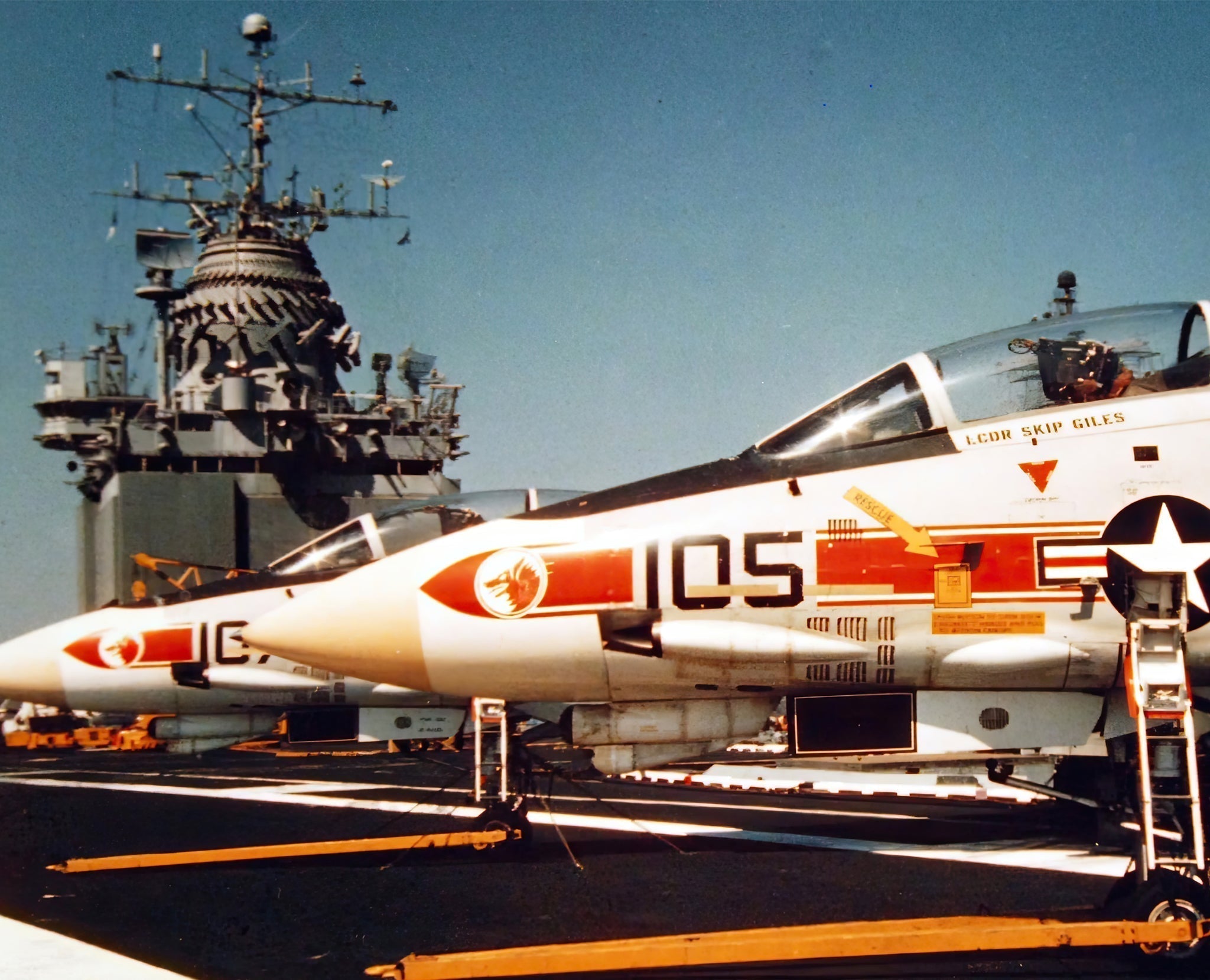This Fine Art Print by Artist Craig Tinder portrays one of the most challenging missions undertaken by the P-51 Mustangs of the 78th Fighter Group. It features an actual relic from the P-51D Mustang Twilight Tear, which was part of the historic battle depicted in the artwork.
 Artist, Craig Tinder, holding the P-51D Mustang relic that is included in "Twilight Tear" limited edition prints
Artist, Craig Tinder, holding the P-51D Mustang relic that is included in "Twilight Tear" limited edition prints
Details About the RELIC:
This aluminum wing fragment comes from the iconic P-51D-20NA Mustang, serial number 44-63864, known as Twilight Tear. Flown by Lt. Hubert Davis of the 78th Fighter Group, 83rd Squadron, based out of Duxford, England, Twilight Tear played a significant role in the air campaigns over Europe during World War II. Lt. Davis, an accomplished pilot, shot down three Luftwaffe aircraft during his service: two Bf 109s and the revolutionary Me 262, the world’s first operational turbojet fighter. His victories, particularly against the Me 262, underscored the skill and determination of Allied pilots in combating advanced German aircraft technology.
 P-51D-20NA, serial number 44-63864 aluminum wing fragment
P-51D-20NA, serial number 44-63864 aluminum wing fragment
The wing fragment was removed from the aircraft during its meticulous restoration by Fagen Fighters WWII Museum in 2007, where the Mustang was returned to flying status. Remarkably, Twilight Tear is one of the few restored warbirds still wearing its original wartime paint scheme, a rare and important connection to its history as a combat aircraft. The restoration not only preserved the aircraft’s original skin but also ensured that it could once again take to the skies, providing a living tribute to the pilots who flew in defense of freedom.
 Back side of P-51D-20NA, serial number 44-63864
Back side of P-51D-20NA, serial number 44-63864
Fagen Fighters, known for their dedication to preserving World War II aircraft, played a crucial role in maintaining the legacy of Twilight Tear. The museum’s restoration efforts ensure that the story of Lt. Davis and his Mustang continues to inspire future generations, while organizations like Aces In Action help preserve and share these incredible pieces of aviation history.
 Fragment of Twilight Tear commemorated with one of her finest moments
Fragment of Twilight Tear commemorated with one of her finest moments
The Story Behind the Print:
On 19 March 1945, the U.S. 8th Air Force launched one of its largest aerial raids over Nazi Germany, targeting vital railroad yards and airfields in an effort to cripple the German war machine. The 78th Fighter Group, flying their P-51D Mustangs, including the famous Twilight Tear piloted by Lt. Hubert Davis, provided air cover for the bomber formations. As the raid progressed, the 78th FG encountered Messerschmitt Bf 109 fighters of IV./JG 27 over the skies of Germany.
In a fierce and decisive dogfight, the Mustangs of the 78th engaged and successfully downed 11 enemy Bf 109s, delivering a significant blow to the already depleted Luftwaffe. However, the battle intensified when fighters from IV./JG 26, flying the newer Focke-Wulf Fw 190 D-9, entered the fray. The arrival of this experienced unit shifted the dynamics, and the previously dominant 78th FG soon found themselves in one of the toughest aerial battles of the war.
Over the course of an hour, 46 Mustangs from the 78th Fighter Group faced off against 125 Bf 109s and Fw 190s. Despite their bravery and skill, only six P-51s were lost in the engagement, two of which were confirmed to have been downed by Oberleutnant Hans Dortenmann, one of Germany’s top aces flying the formidable Fw 190 D-9. Despite the losses, the 78th emerged victorious, having inflicted heavy damage on the Luftwaffe in one of the most intense air battles of World War II. This battle became one of the 78th Fighter Group’s defining moments.
 Twilight Tear exhibit in Fagen Fighters Museum in Granite Falls, Minnesota
Twilight Tear exhibit in Fagen Fighters Museum in Granite Falls, Minnesota
To purchase or see similar items, visit here.
Commissioned by Museums, Treasured by Collectors





Share:
PBY Catalina: Guardian of the Waters and Heroic Rescues
The Legacy of Spitfire MJ730 and George F. Silvester